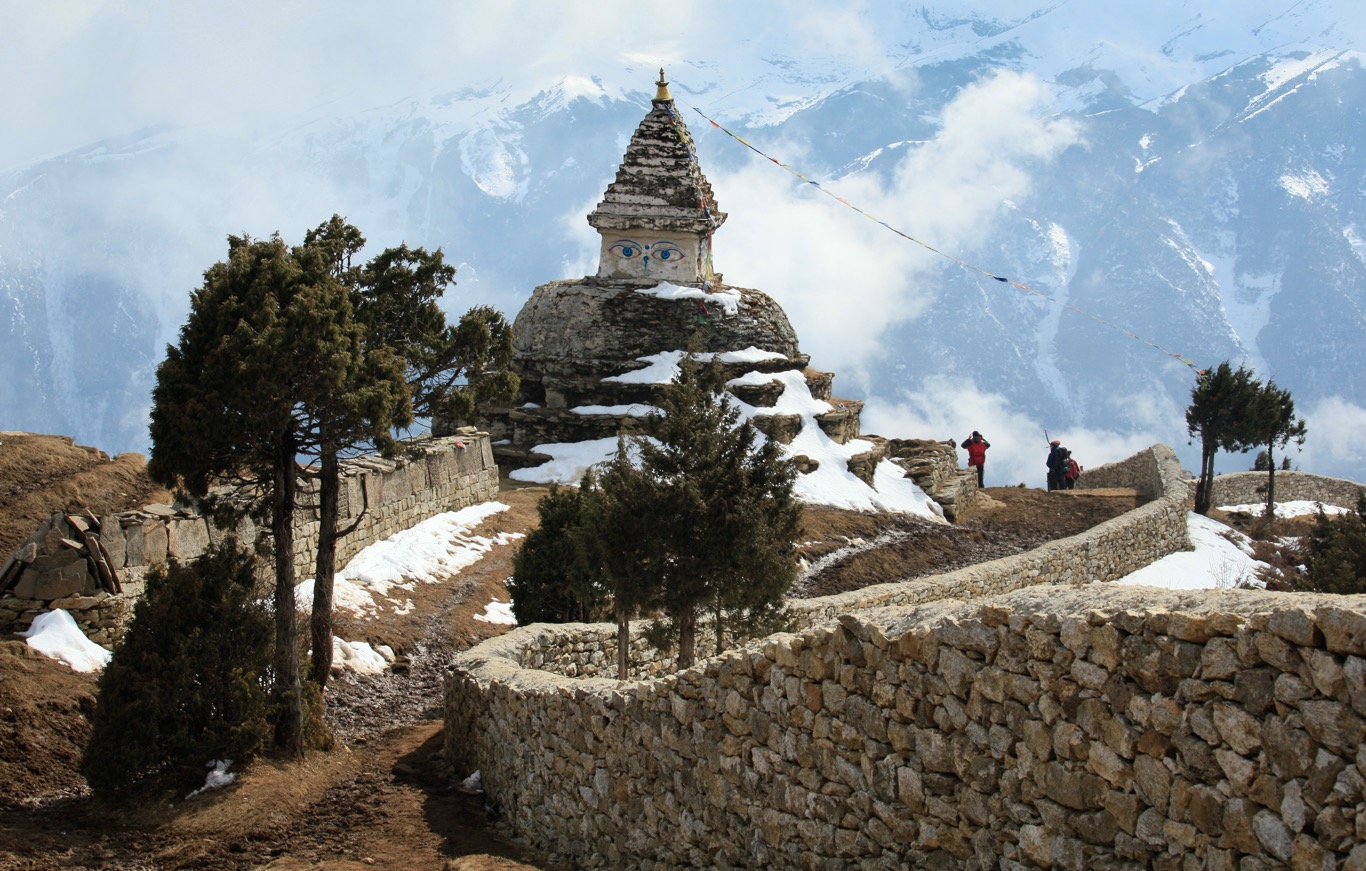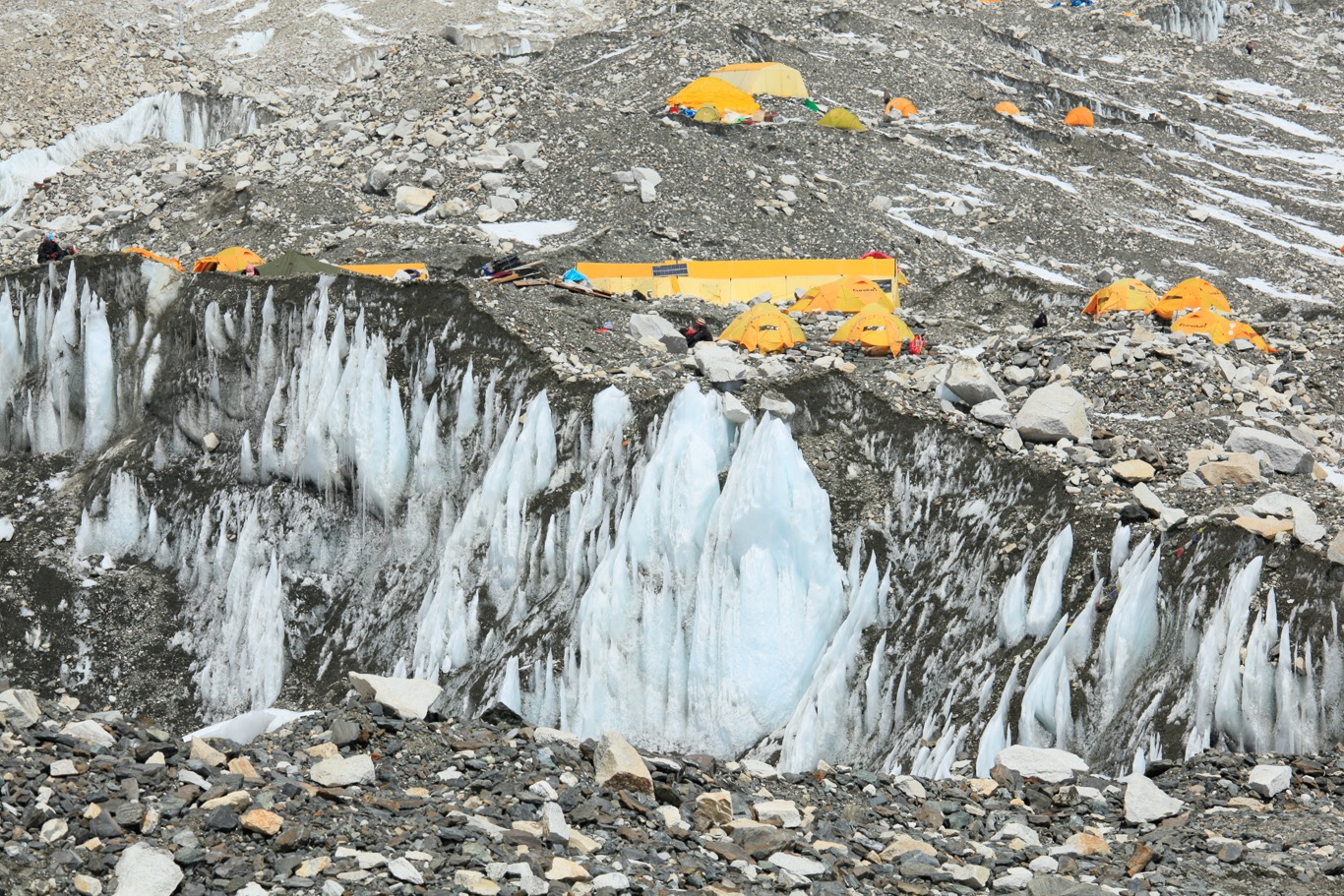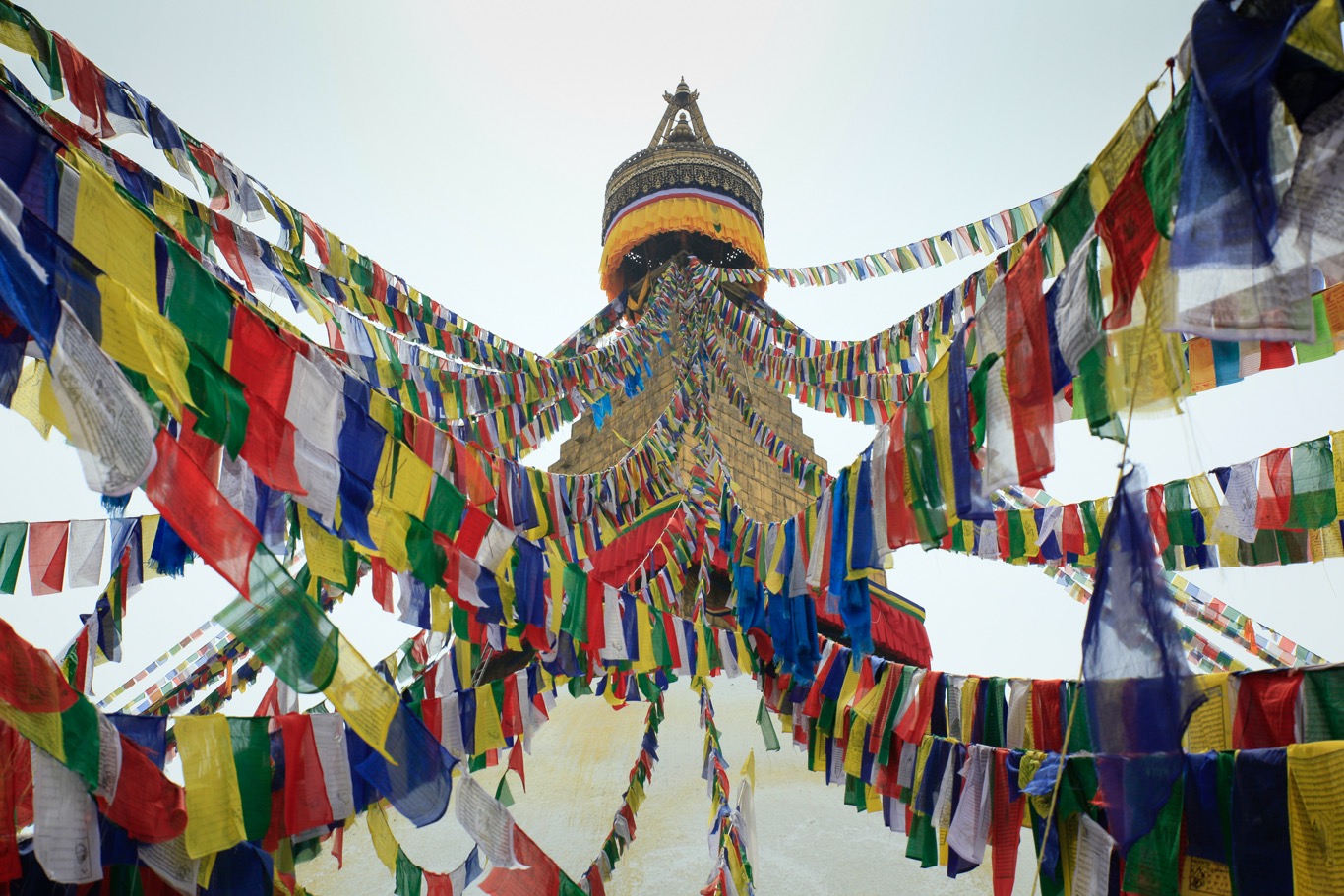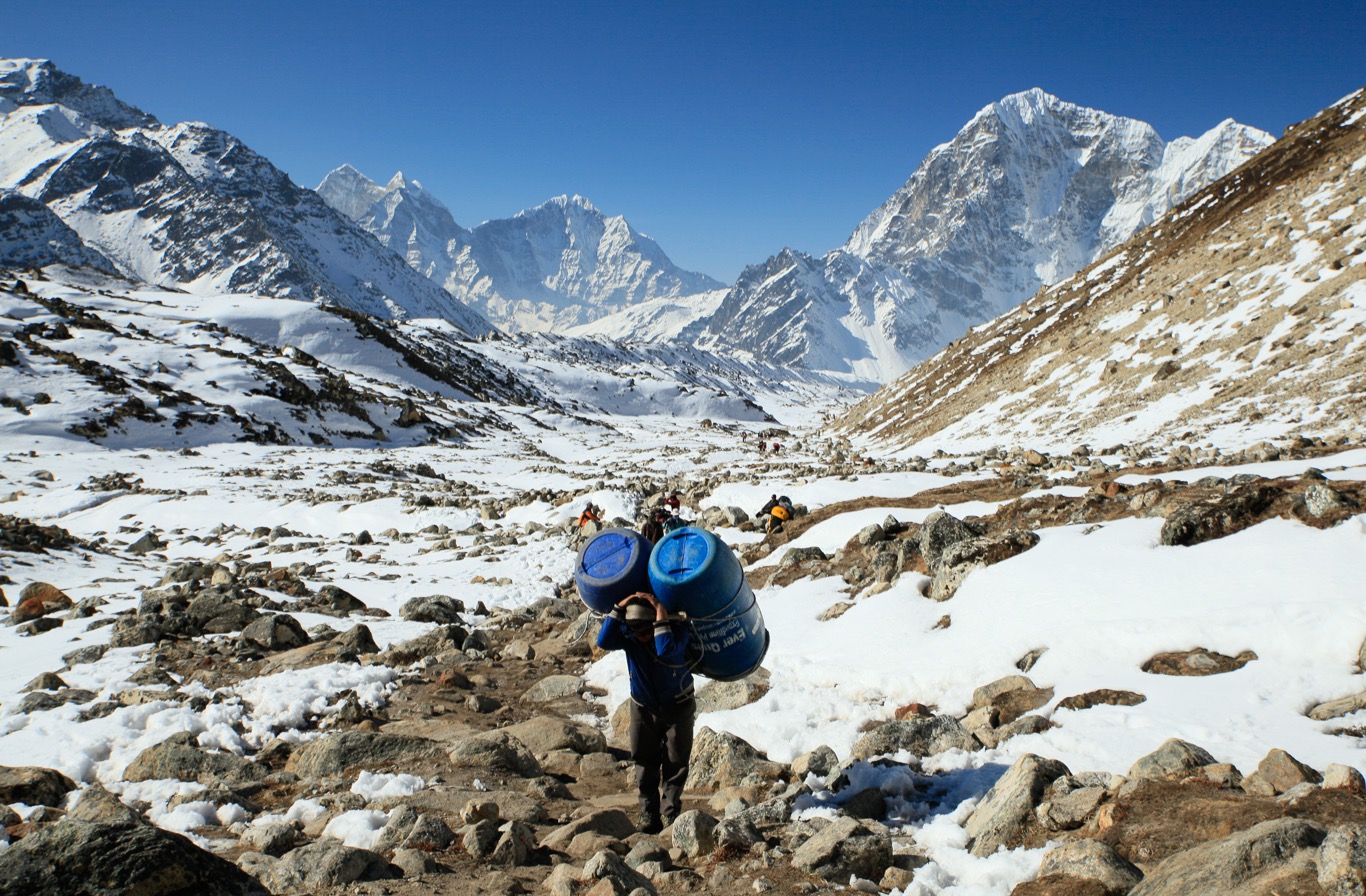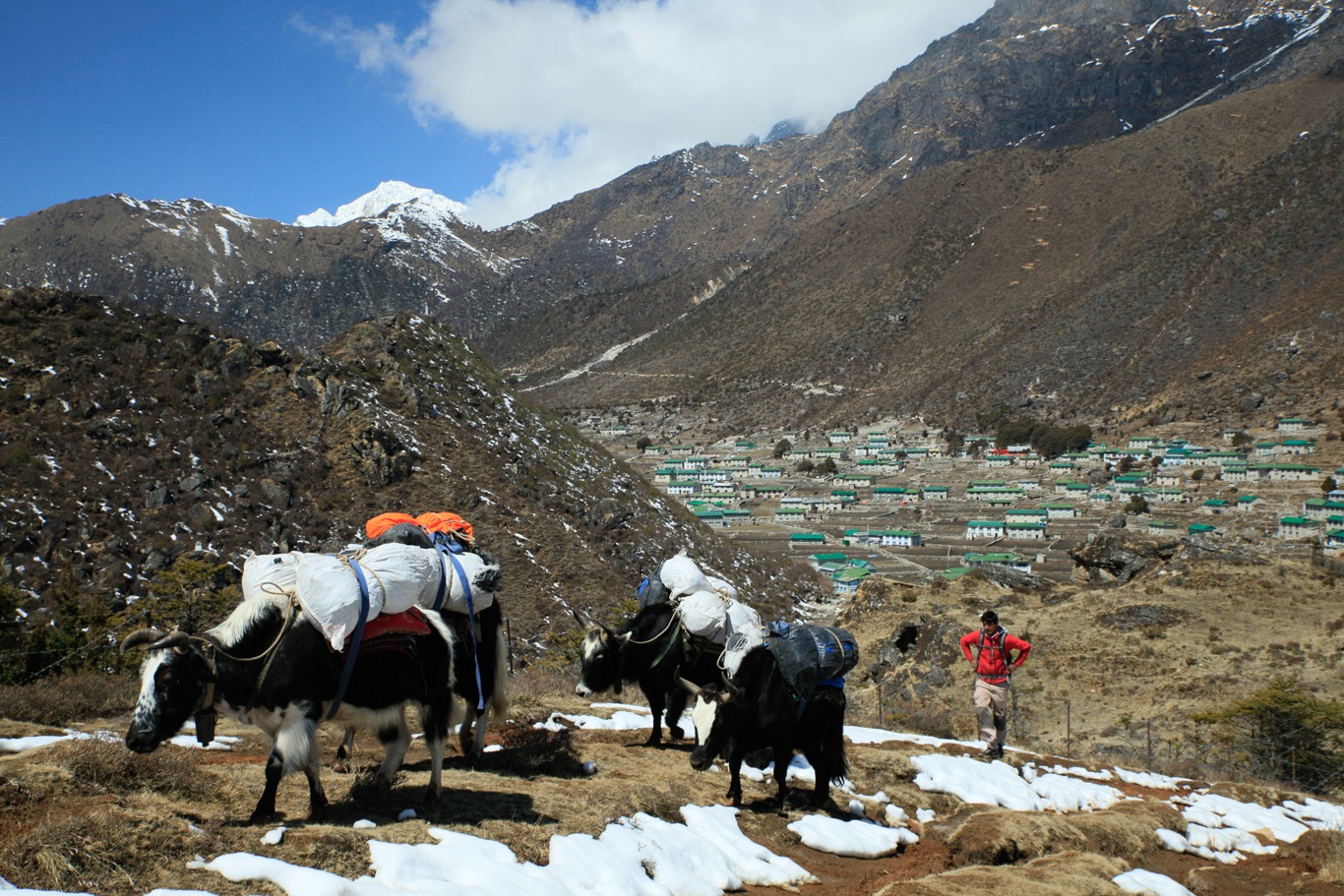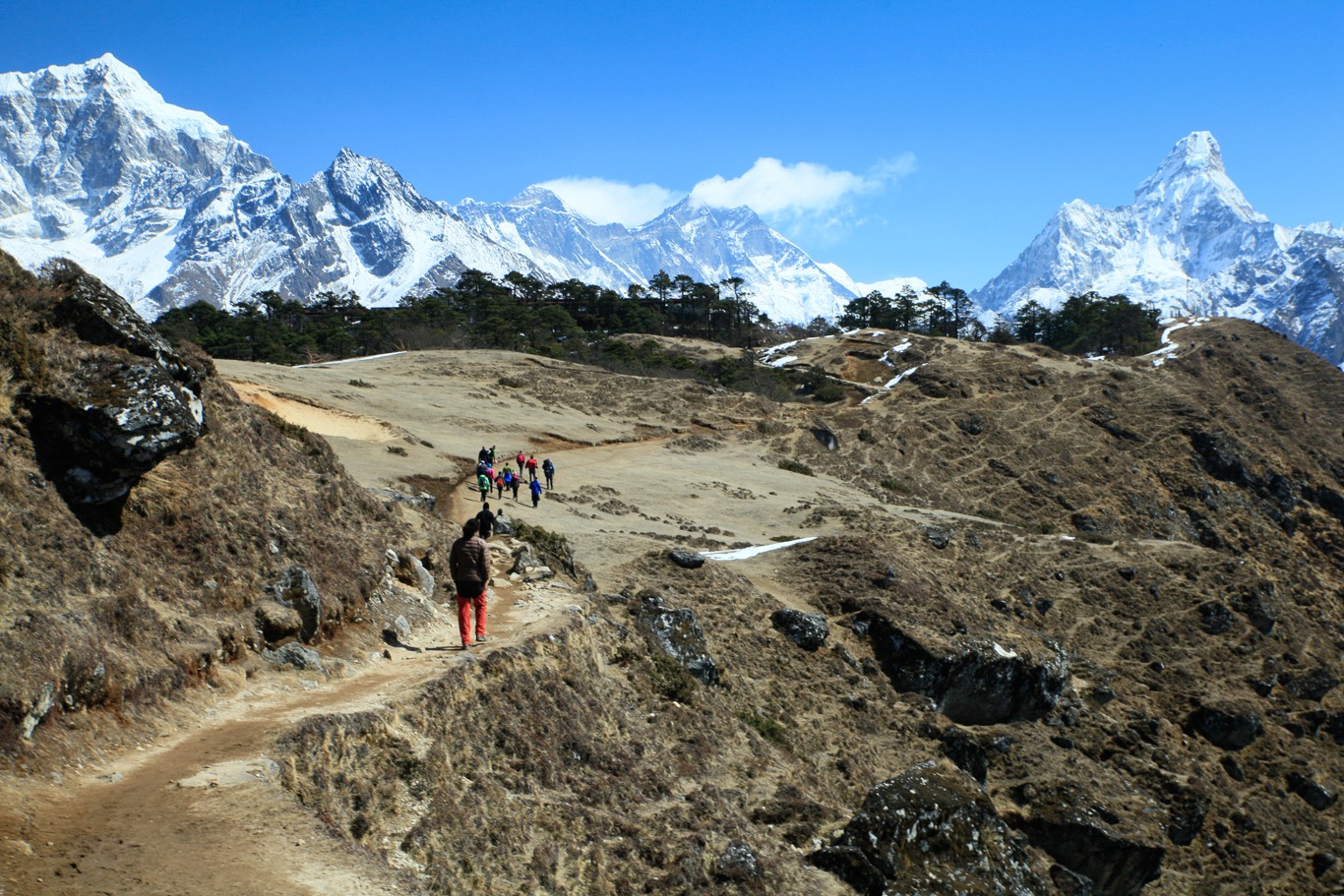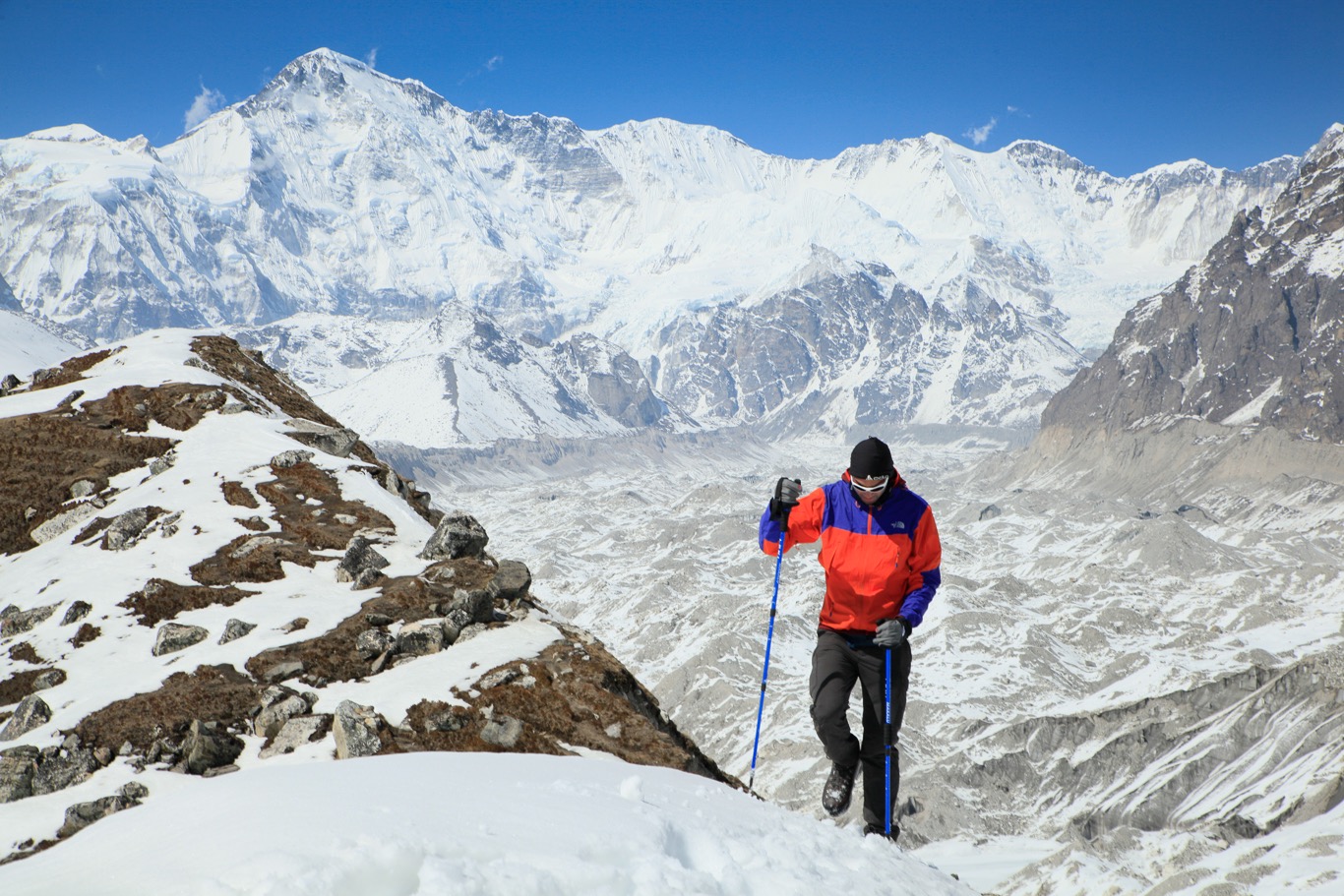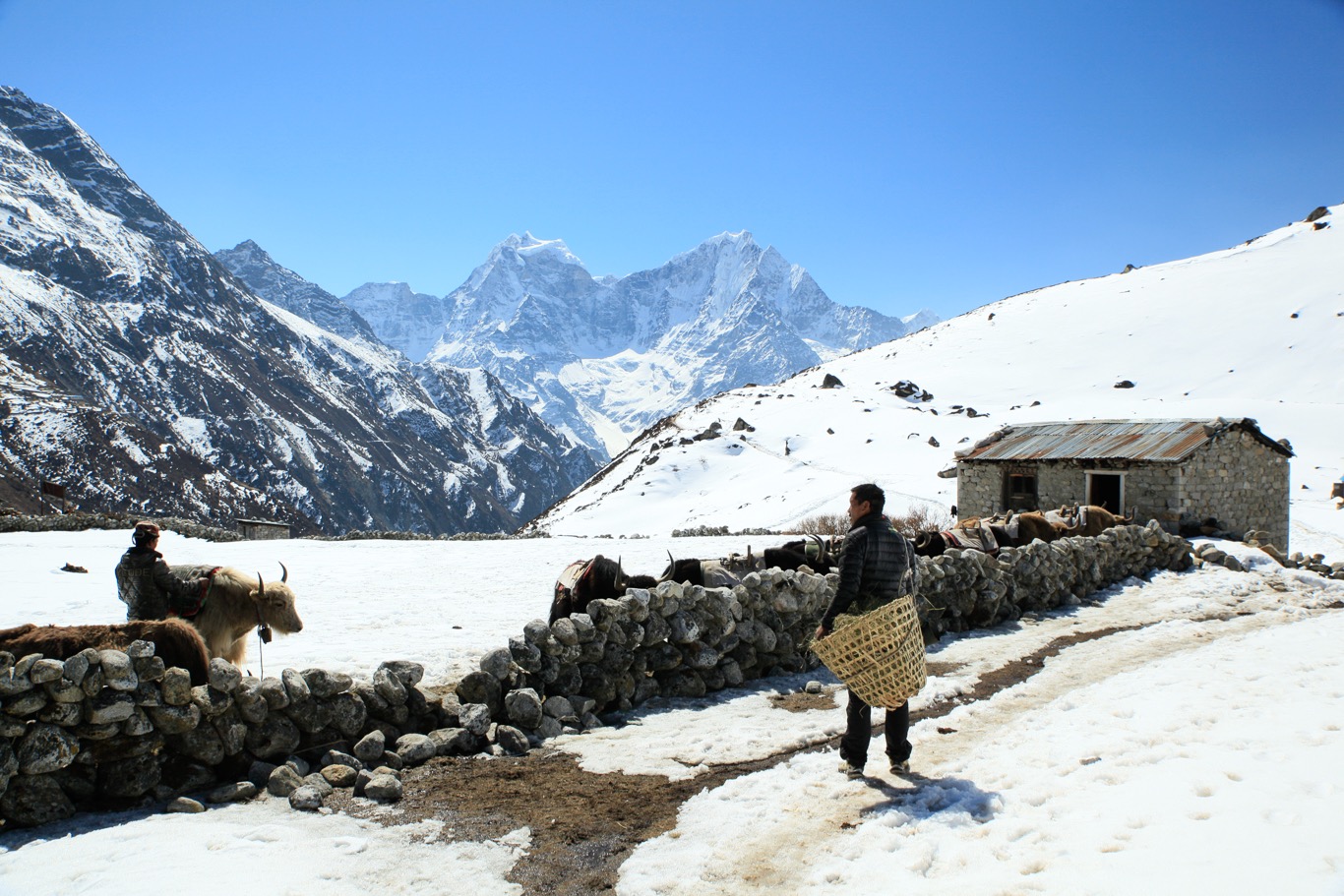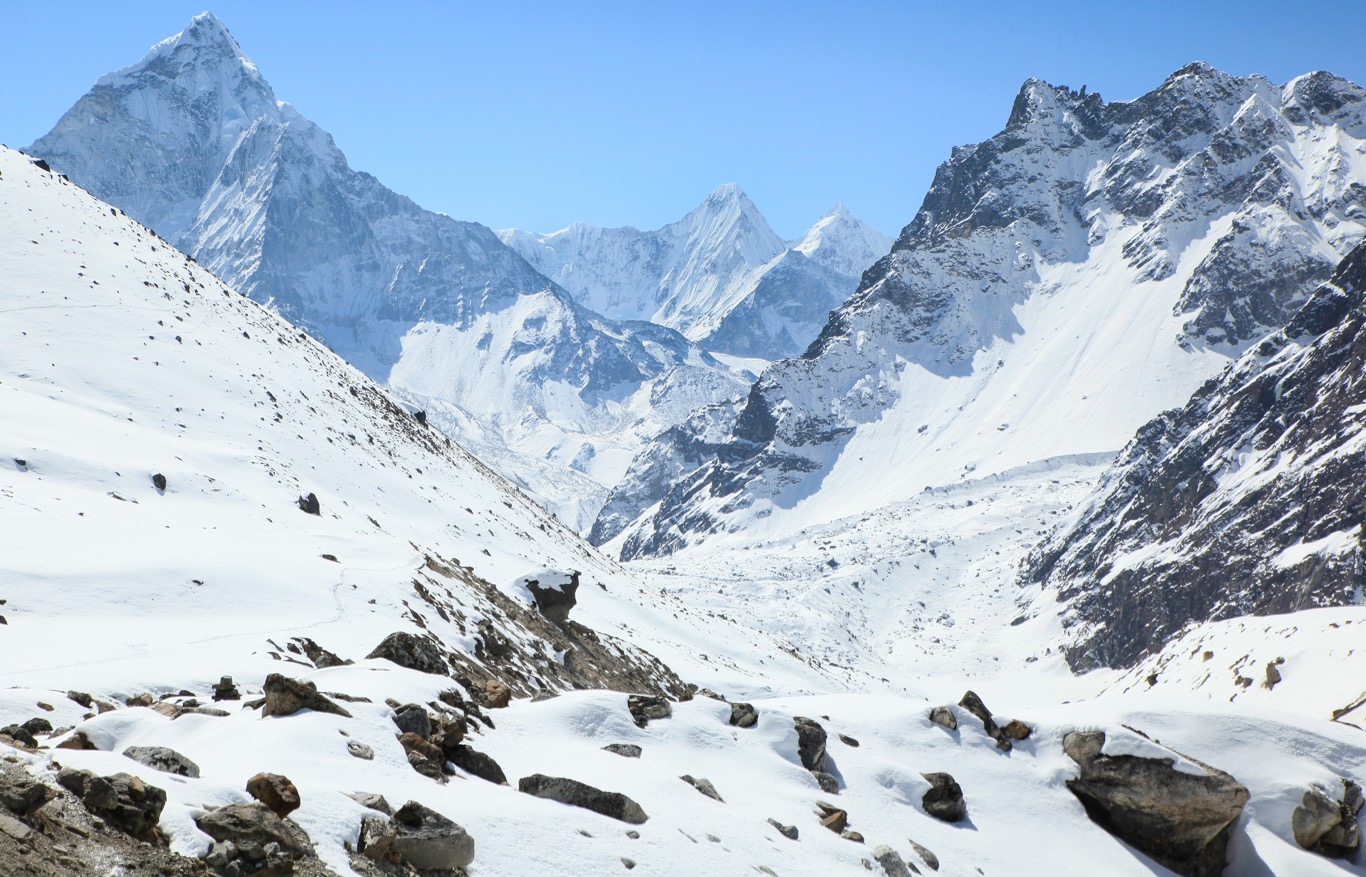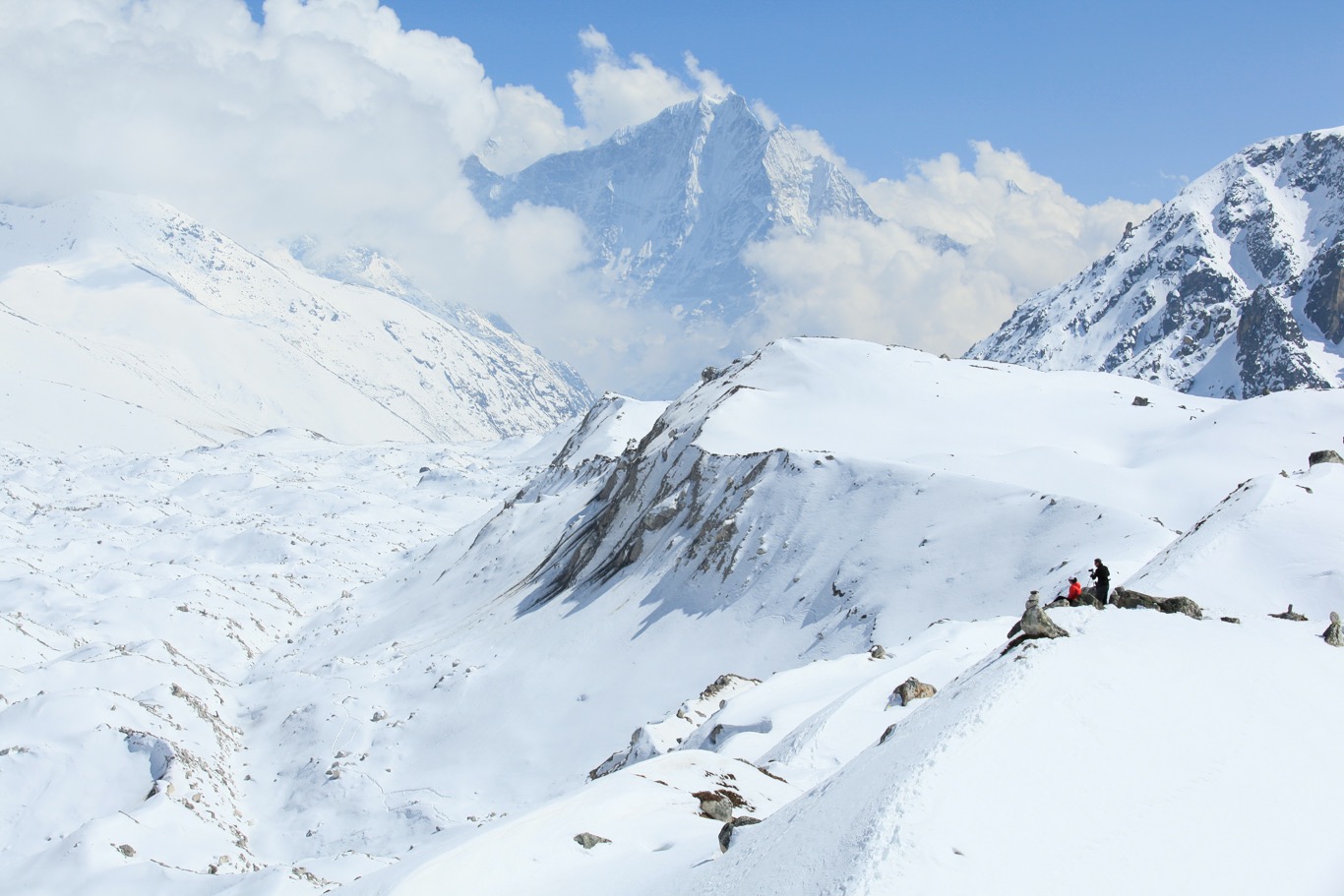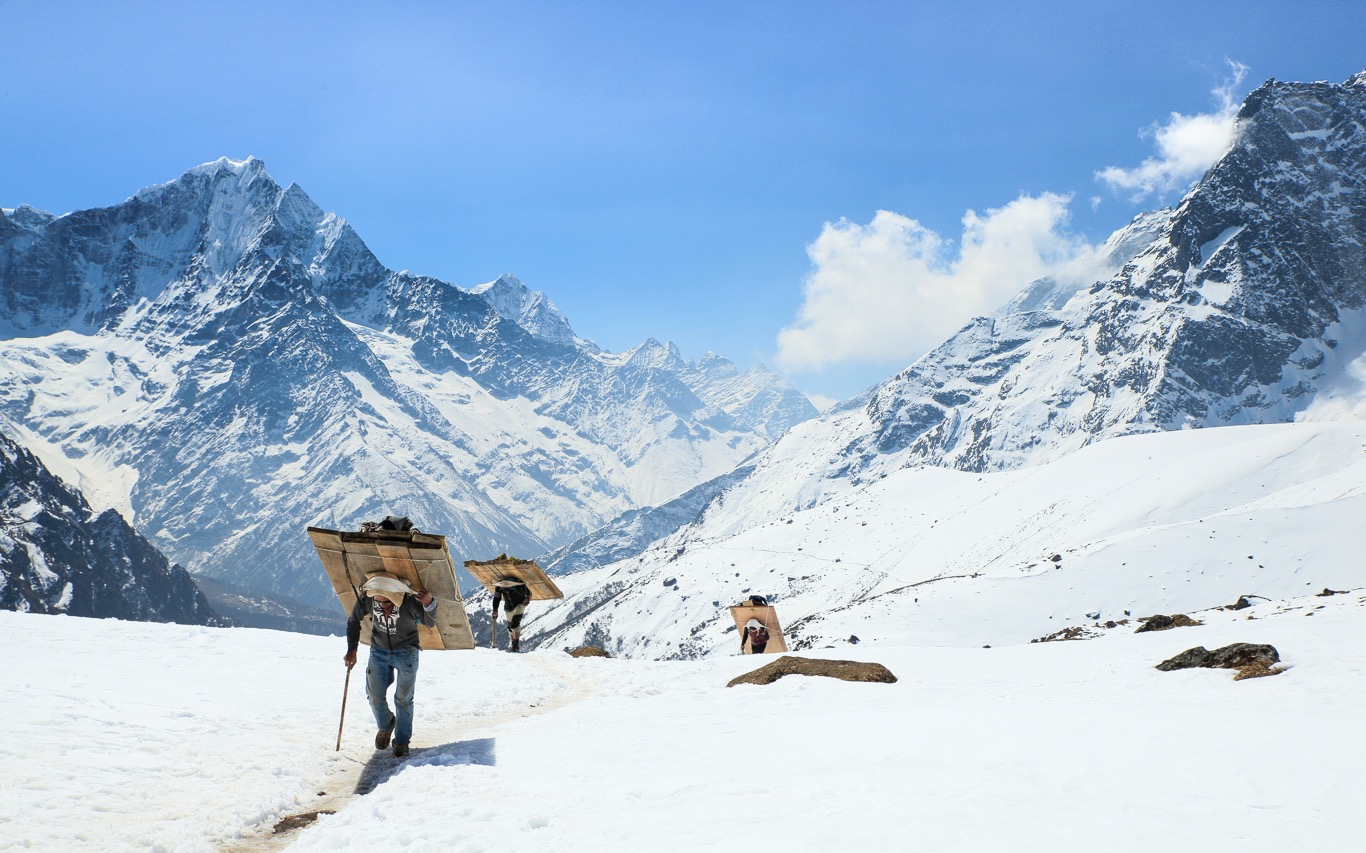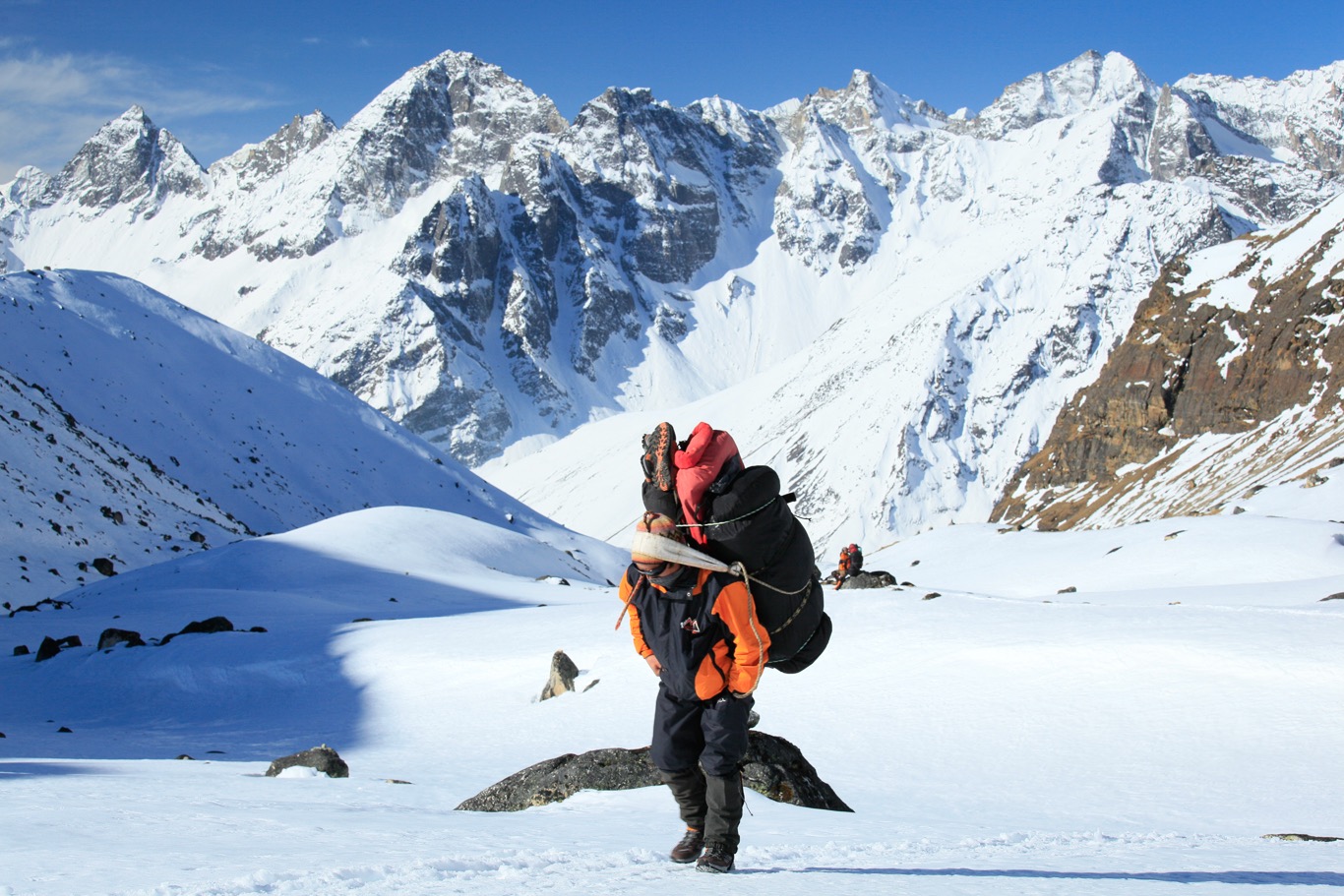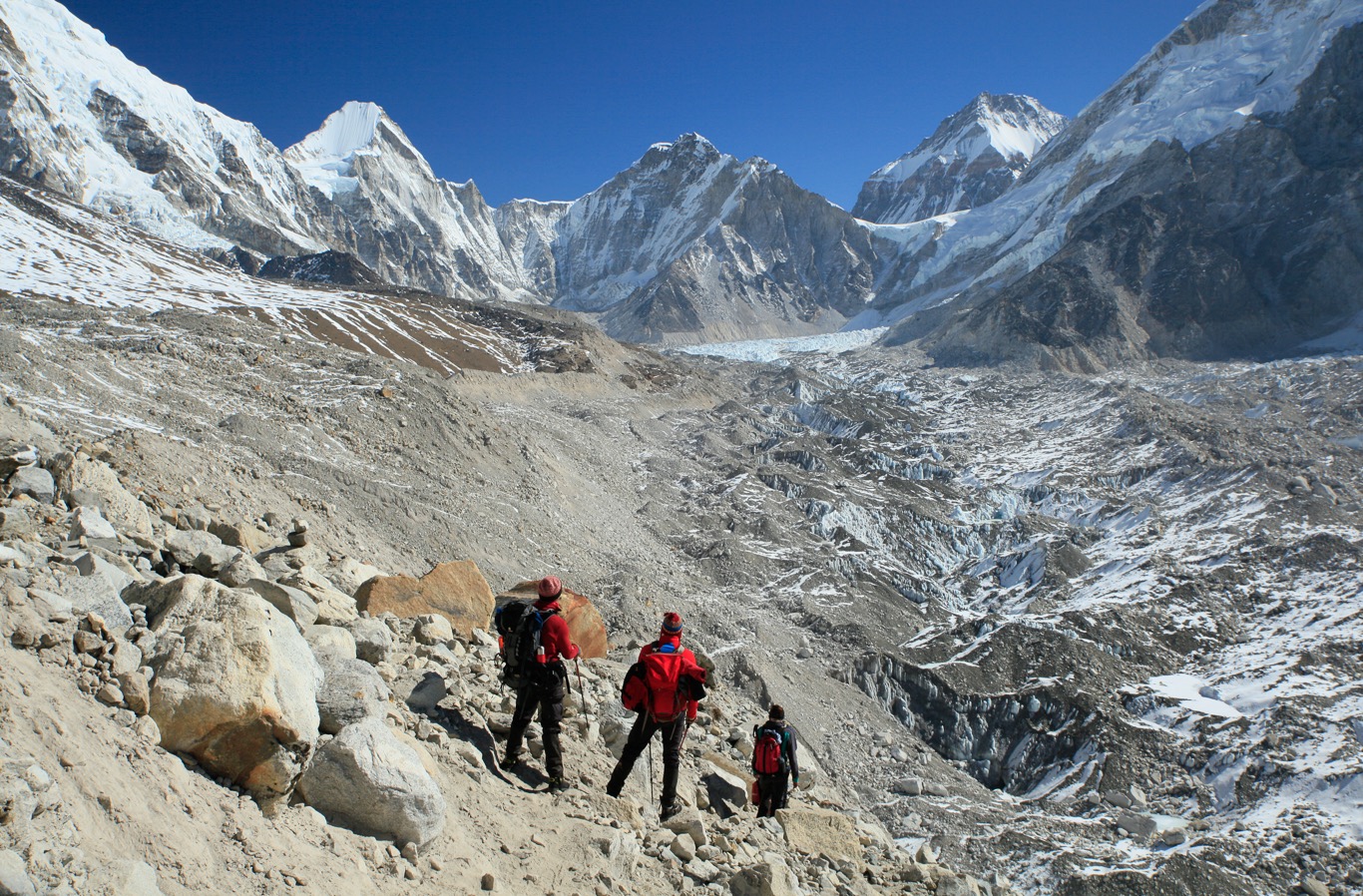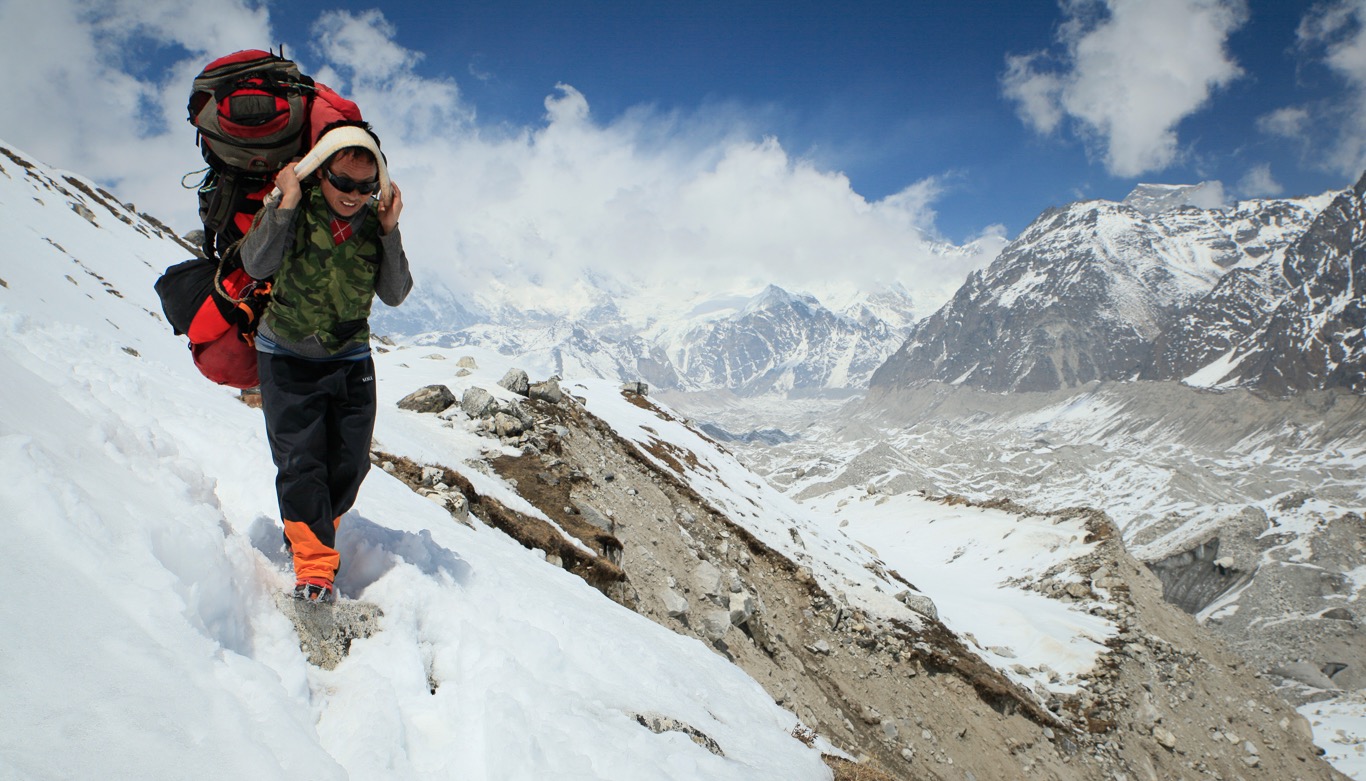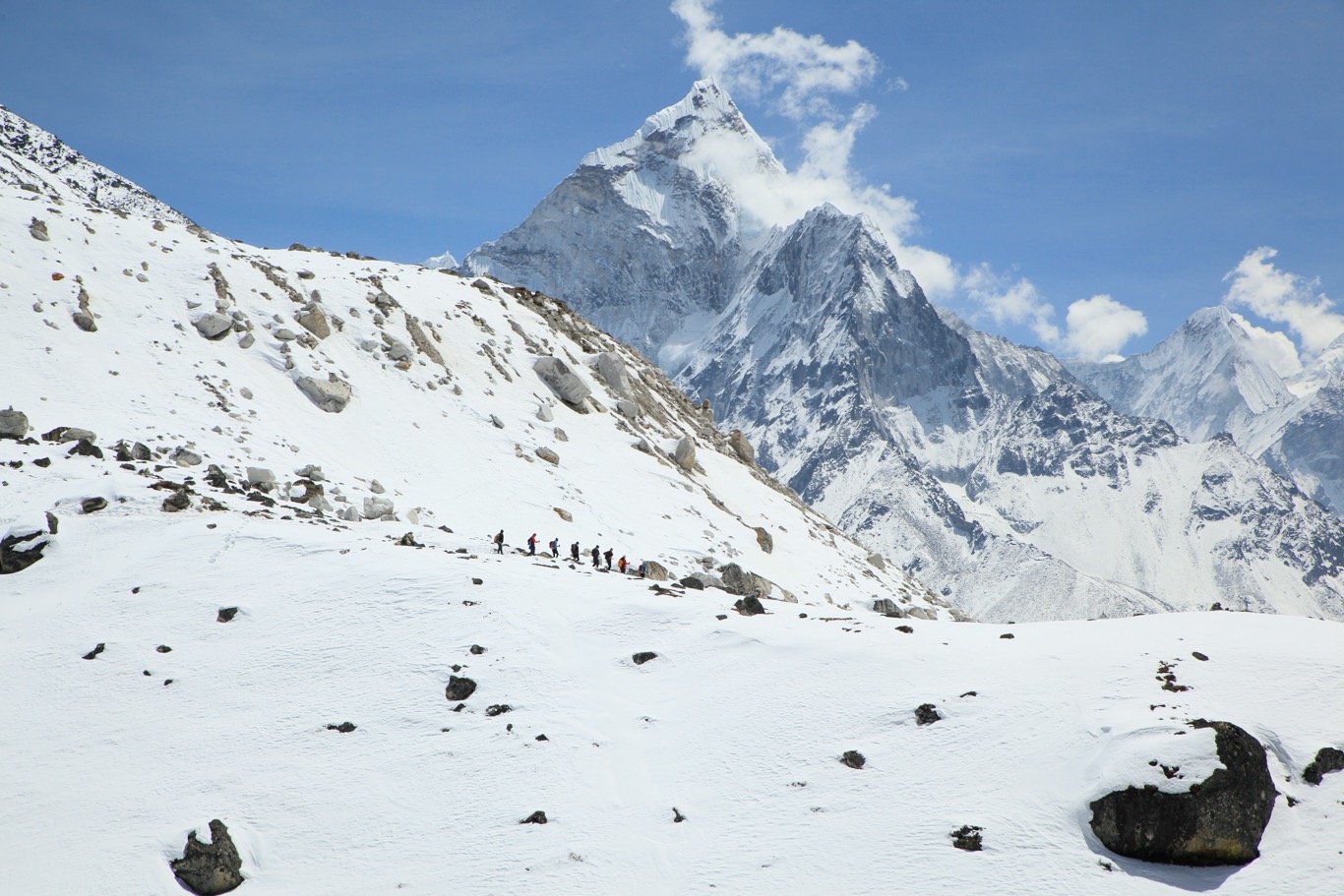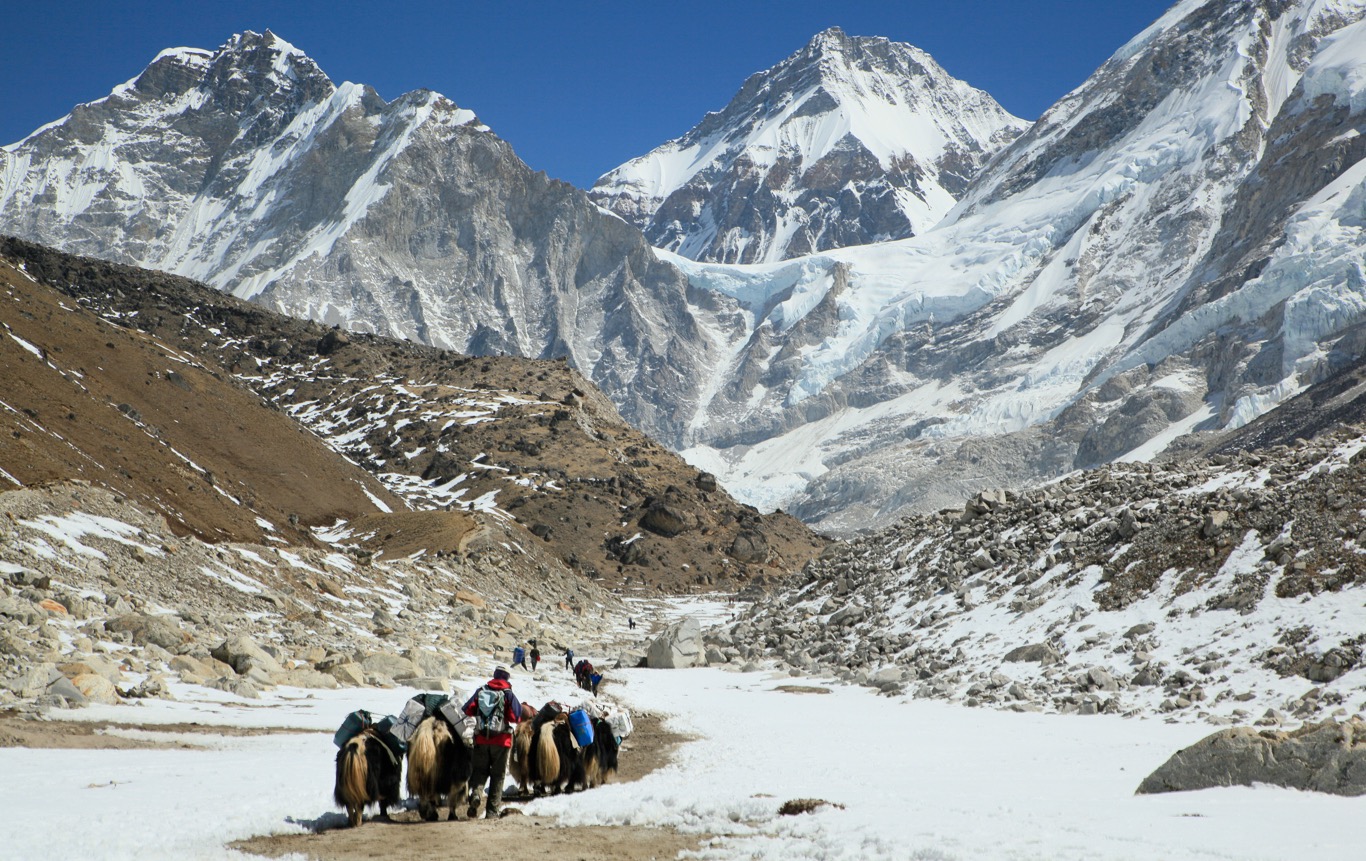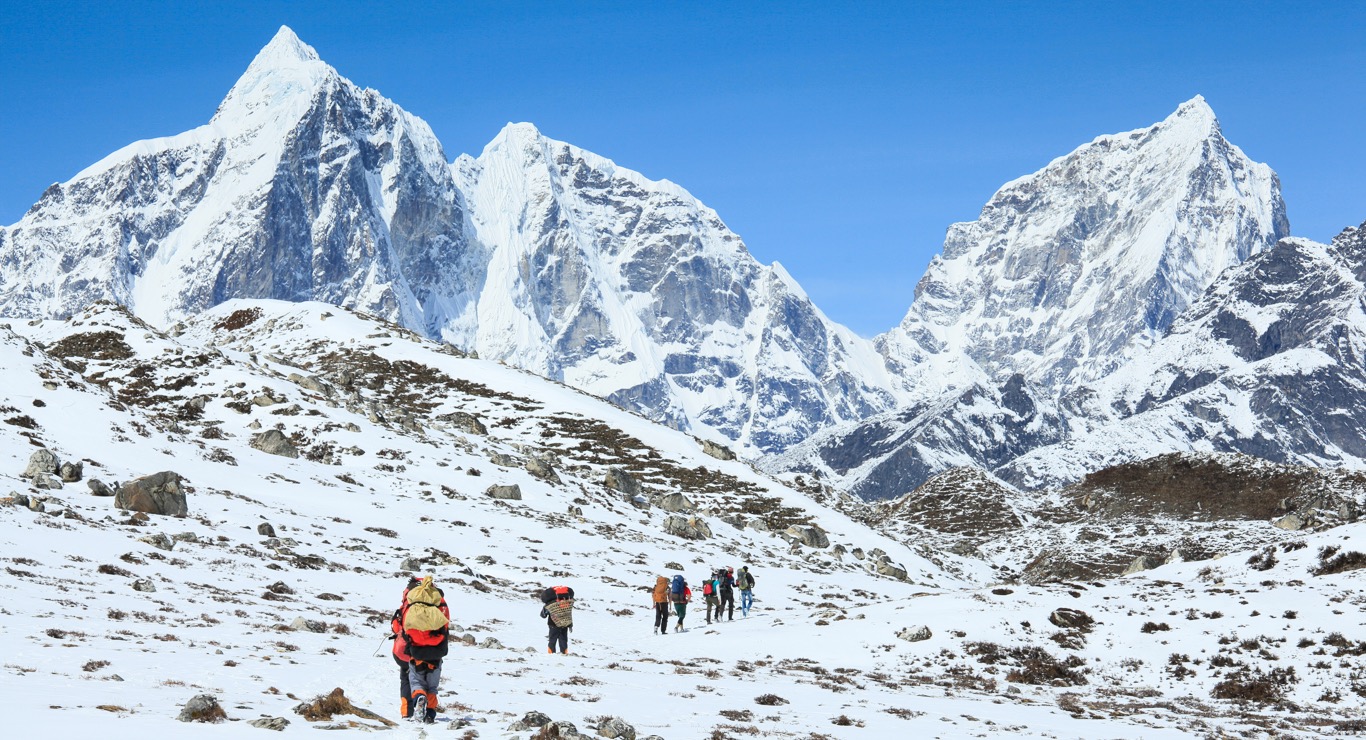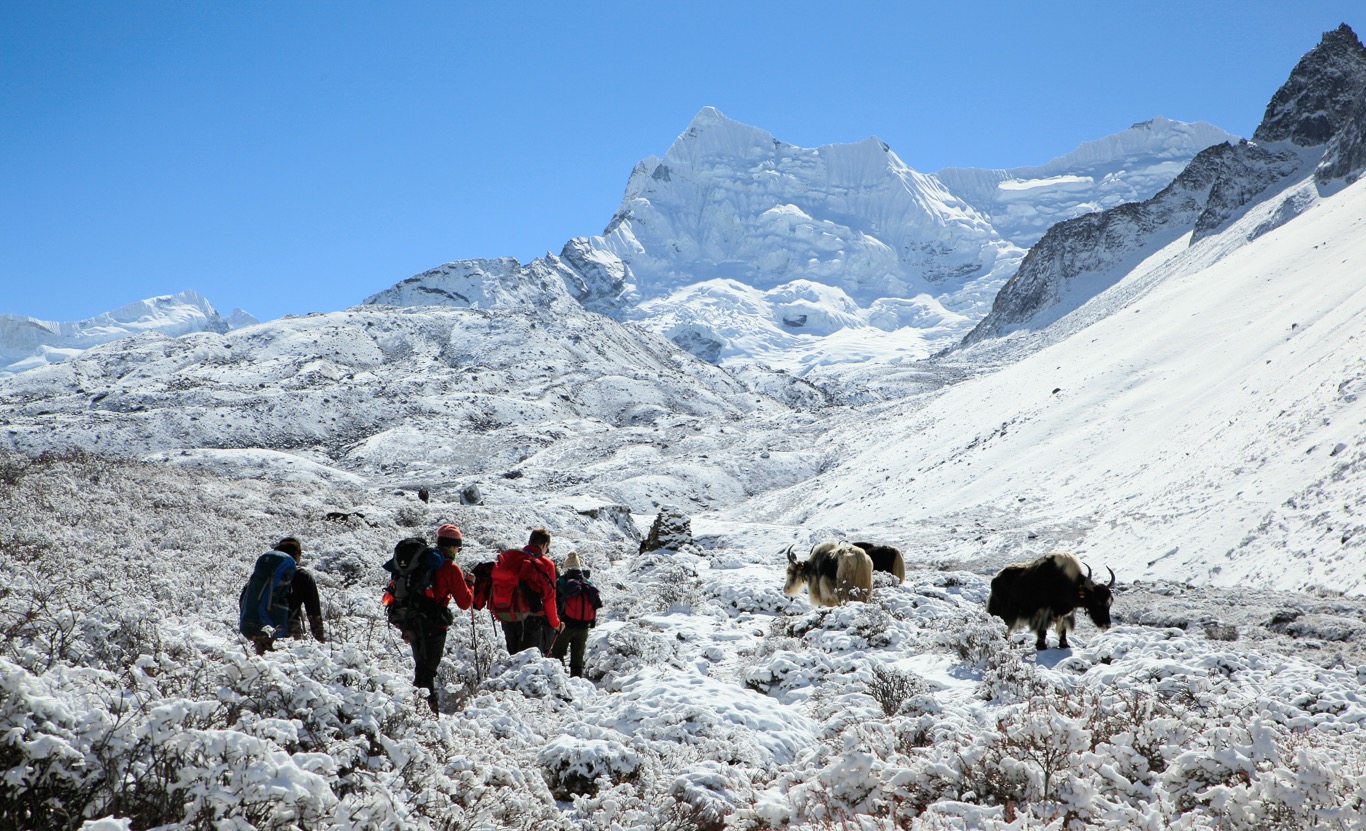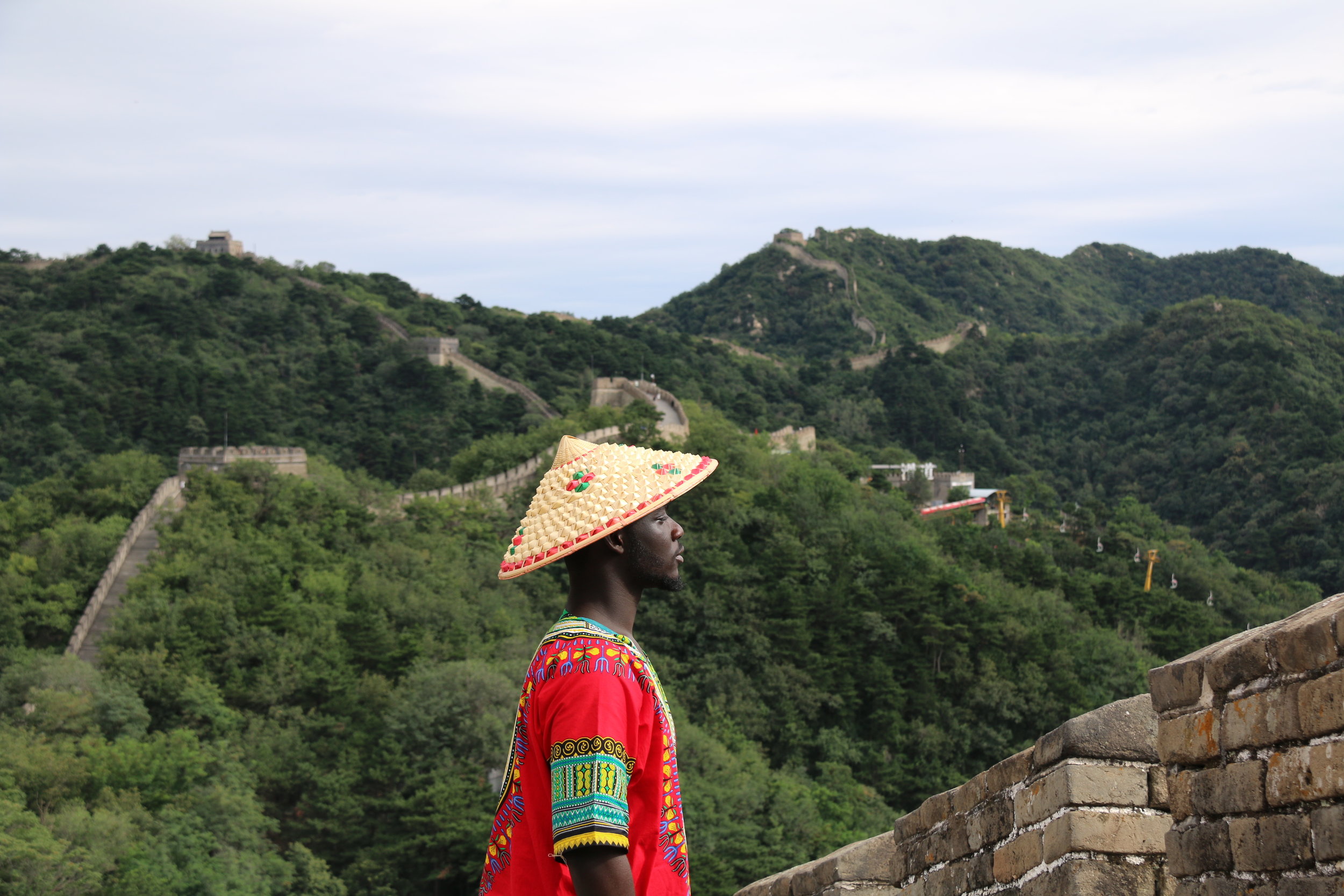As part of our Frequent Flyer series, we post follow up stories from previously spotlighted travelers. Mat is passionate adventure traveler that seeks scenic landscapes and outdoor activities during his travels, particularly trekking. In his previous story, he shared about his time exploring several different African nations and landscapes, and is now back to share his once in a lifetime experience of trekking up to Everest Base Camp in Nepal.
Great to have you back on SP Mat! What have you been up to since you were last featured?
Thanks, Lee! This year has been really exciting for me since I have been on the road for more than 5 months. My final trip took me into the mountains of Pakistan over the legendary Karakoram highway where I went on a trek to the famous K2 Base Camp – simply spectacular.
What sparked your interest to trek to Everest Base Camp?
Travelling to the Himalayas has always been a dream of mine. The world’s highest mountain range is a collage of nature’s beauty and a visual treat, which attracts thousands of tourists every year. Nepal is the perfect place for expeditions into the mountains as it offers unrivaled trekking experience with some of the worlds most scenic treks, ancient Buddhist temples and monasteries, and centuries of sacred history. The Khumbu region, host to the world’s most famous peak, Mount Everest, shows all imaginable facets of nature, like snow-capped mountain peaks, green valleys, blue glaciers, deep rivers and rich vegetation. I decided to visit Everest Base Camp as part of a 3-week trek through the Khumbu region during which we also summited Island Peak at 20,300 ft and climbed Gokyo Ri to witness the sunrise over the famous Ngozumpa glacier. The normal itinerary to Base Camp is between 11-14 days, depending on weather conditions and fitness. While the trek itself is not difficult, the real challenge for most people is the remoteness and the lack of comfort.
How did you prepare for the experience?
I started to sense the seriousness of this trip already while shopping for outdoor gear. I wanted to be prepared for all eventualities, in particular for colder and rainy days. While basic items can be purchased on the streets of Kathmandu (fake or original), I decided to invest in my sleep and my feet by purchasing a high quality sleeping bag and proper trekking shoes in Europe. You can find many shopping lists online and most of them mention quick dry and thermal clothing that keep your dry and warm. Despite Everest Base Camp being a teahouse trek, the bathroom facilities tend to be basic with only limited options to shower. I recommend packing enough personal items such as baby wipes to make you feel more comfortable during the trek. Apart from your cell phone and camera, there is no use for electronics in the mountains. Most teahouses are supplied with solar energy and don’t offer enough options to charge electronics or access to wifi.
Did you travel by yourself or with others? Did you hire a porter or guide to trek with you?
I decided to join a tour with Mountain Monarch, a local trekking firm (I highly recommend them!). We traveled in a group of 4 trekkers, 1 guide, 1 assistant guide and 4 porters. I really enjoyed the group experience, as we supported each other during the trek and shared all the highs and lows – shout out to my amazing group J. I strongly recommend relying on a professional guide that will get you safely to Base Camp and back. Our guide Prakash was also a fantastic host and entertainer. He made sure the group did acclimatize well to the altitude, made adjustments to the route as weather conditions were changing and helped us finding good accommodations for the night. I prefer to support local businesses in Nepal, which have proven to provide equal standard of service compared to international companies and in the same time give you an authentic cultural experience.
What were some of your experiences? When would you say is the best time of year to make the trek?
As part of a ‘wake up call’ ritual, our guides served us a hot cup of tea in the morning just after sunrise - a great way to start the day. The challenge was to leave our warm sleeping bag and jump into our cold trekking clothes. Breakfast usually included a variety of porridge, eggs and pancakes – one of my personal highlights of the day, since trekking and altitude increased my appetite a lot. A usual day included between 4-8 hours of trekking, with an acclimatization day every 3,000ft. Most days ended with dinner at around 7 or 8 and only few times did we have enough energy to play cards amongst ourselves until late in the evening. The best time to visit Nepal is between September and October or between March and April as the skies are mostly clear and the temperatures are pleasant.
What would you say was most challenging about your experience?
I always tend to have serious food cravings after such long treks. In this case our diet was restricted to a few basic meals like egg-fried rice or vegetable fried noodles for lunch and dinner. After week 3, I couldn’t wait for a hefty meal and some ice cream in one of Kathmandu’s great restaurants! Trekking to Base Camp has been an incredible rewarding experience and has left a long lasting impression of Nepal and its people on me.
Most travelers interested in trekking to Everest Base Camp are lured by the breathtaking scenery within the region. However, there are several monasteries and museums along the way. Did you have an opportunity to explore some of the local cultures?
Nepal has an extremely rich cultural heritage. The country is known as the home of the gods and goddesses, the birth-place of Buddha and as country of mystery. It’s 2000-year-old capital Kathmandu is home to endless Hindu and Buddhist monuments, like Bhaktapur, Bodnath or Swayambhunath. While the rulers of Nepal have primarily been Hindu, they supported the development of Buddhsim over the centuries. Influenced by the Tibetian Buddism, the religion is still widely practiced in Nepal’s Khumbu region, home to Mount Everest. On the trek we came across some of the biggest monasteries in the region, Thami and Tengboche. Until today, one of Nepal’s biggest mysteries is the Yeti or the abominable snowman. People in Nepal and Tibet believe in the existence of a giant ape, living in the roof of the world; however, its existence has never been proven. Just half way to Base Camp a memorial reminds of the unfortunate mountaineers that have lost their lives in the attempt to climb Mount Everest. Those who return to Kathmandu are celebrated in the capital’s most legendary restaurant, Rum Doodle, where every successful climber enjoys the privilege of being served free food and drinks for life.
What do you know now that you wish you would have known prior?
If I had known how amazing Nepal really is, I would’ve gone much earlier. Looking back, it has been one of my travel highlights this year and it has inspired me to visit more of the many other beautiful regions in the country and maybe climb a few other peaks. Nepalese people are very friendly and welcoming and I was truly impressed by the professionalism of the tourism industry.
What tips and advice can you share for future travelers interested in having a similar travel experience?
The main treks in Nepal have teahouses with warm ovens at night and relatively comfortable bedding. It’s also a great opportunity to get in touch with other trekkers and share experiences. Travelling with the right guide can have a huge impact on your trip, in particular if you are an inexperienced trekker. There are plenty of ‘hobby’ guides in Nepal and Lukla that offer their services to tourists on the streets for a fraction of the price than professionally trained guides. In my experience, its invaluable to have someone with you that you can rely on, in particular in situations that require sensible judgment.
Group dynamics can also make a major impact on your experience. It’s always preferable to go with a group of people you know well and whose trekking skills you find reliable. When joining a group of strangers, it’s good to get a briefing on the team members prior to departing into the mountains. Unfortunately, the food is not a highlight on the Base Camp trek, as everything needs to be carried up the mountains by local porters. It’s advisable to stick to vegetarian meals and avoid milk products as they have the highest potential for food poisoning. Most teahouses offer sweets and soft drinks though. Be prepared to lose some weight during the trek as you will be put on an extreme diet and will constantly be active.
What were some of your favorite moments from your trip?
All the history around Mount Everest, the countless stories and the famous local and international mountaineers that we met on the way, made this trek a very special experience that goes beyond my pure fascination for mountain sceneries and my love for outdoor adventures. I believe that only by visiting Base Camp it is possible to truly understand and share the passion of so many climbers that try to reach the summit of the highest mountain in the world.
What surprised you most about your experience?
I have never been to comparable altitude levels before and I have heard many stories about trekkers suffering from altitude sickness. Our guide and the team did a fantastic job of acclimatizing us and checking our physical condition at the end of every day. I found it extremely fascinating how quickly a human body can adjust to such a drastically changed environment.
What advice do you have for others that would be interested in making the trek, but are intimidated?
Any person with average fitness and the ambition to reach Base Camp can make it. However, health and safety should always remain a priority, even if it means compromising on reaching the final destination. The trek to Base Camp is generally safe and the majority of incidents and negative experiences have come from irresponsible and reckless trekkers that have ignored too many obvious warnings signs. The infrastructure along the trail is probably one of the best anywhere in the mountains, owed to its popularity. Trekkers will always find a comfortable teahouse to sleep in with warm ovens at night. It is advisable to include a few spare days in your itinerary as adverse weather conditions might require some additional rest days or result in canceled flights between Kathmandu and Lukla (this happens quite frequently).
Almost all of the photos you captured were of the landscapes. Was there any one in particular that stood out most to you? How did being out in nature for an extended period of time impact you?
Landscape photography works best in the early morning or late afternoon when the mountains appear in strong colors of blue and gold. We experienced one particularly beautiful sunrise during our ascent to Kalapather at 18,000ft, from where we had an incredible view over the whole Khumbu region. I also enjoyed the solitude in the mountains and disconnecting from media - a great way to reset your mind. Trekking every day for several hours quickly became a routine and by the time we returned to Kathmandu I already started to miss it.
What’s next for you?
I have had an exciting travel year with thousands of great photos and endless fantastic memories. I am currently collecting new ideas for travel destinations in 2016 by sharing my experiences with other travelers – so let’s get in touch!
To see more of Mat's outstanding photography and experiences, be sure to visit his website at www.whereismat.com and follow him @where_is_mat on Instagram.
Images Courtesy of Mat Hauser
DID THIS STORY HELP YOU?
If you enjoyed this piece and would like more content like this, please consider a donation to Spirited Pursuit - we'd be so grateful!


